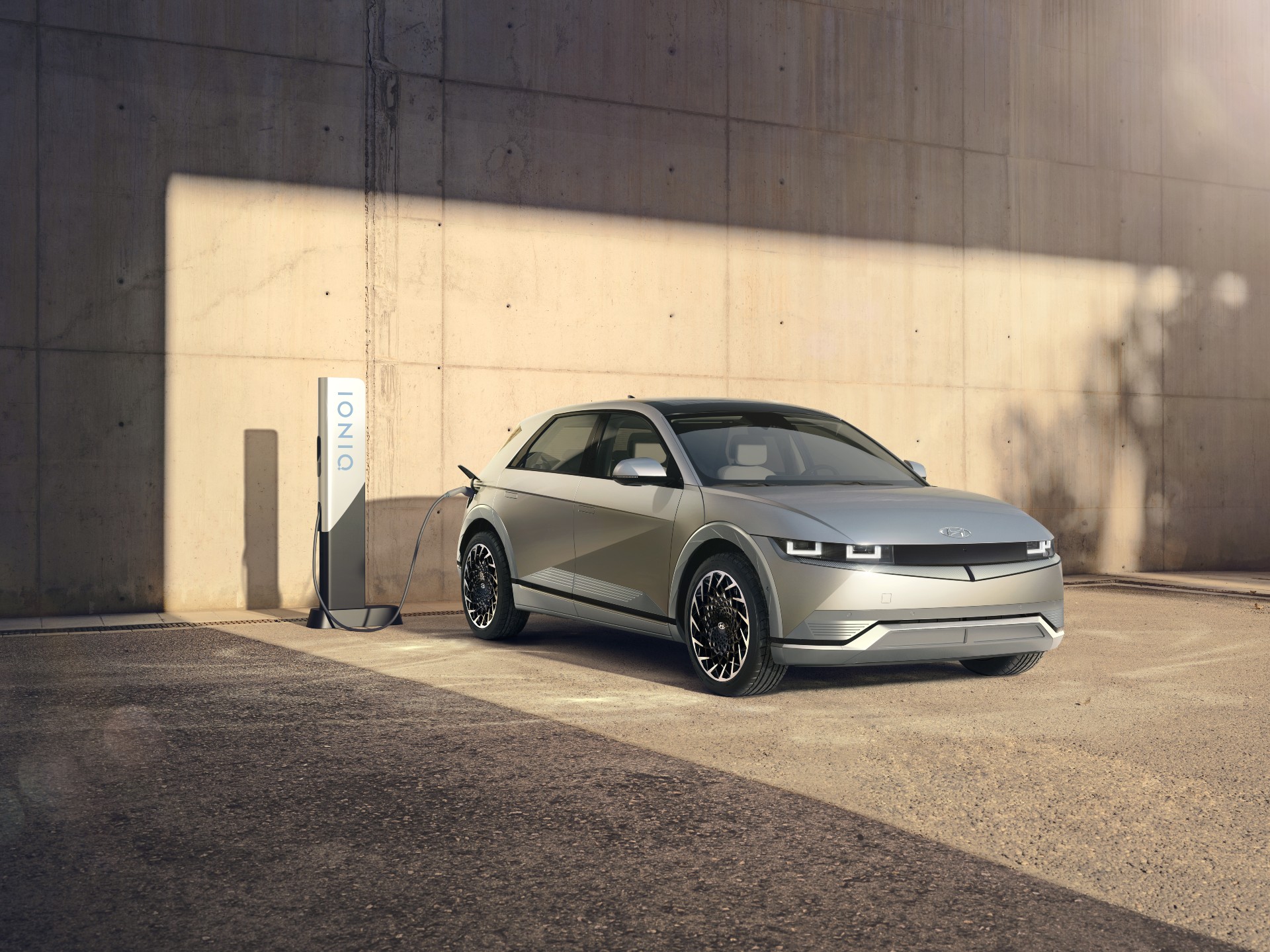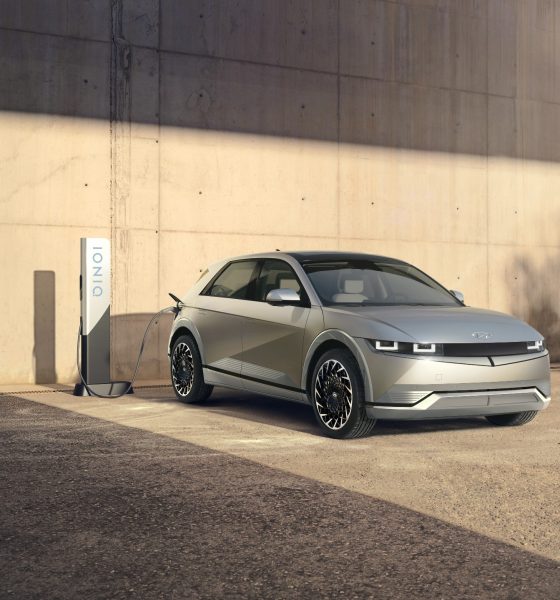Hyundai Motor Corporation and SK On will build an electric vehicle battery facility in Bartow County in Northwestern Georgia, Governor Brian Kemp announced today.
In late November, Hyundai and SK signed a memorandum of understanding (MOU) to solidify the companies’ intentions to build EV batteries together in Georgia. The details of the partnership are still in development.
“Bartow County is very pleased with the decision of Hyundai Motor Group and SK On,” Bartow County Sole Commissioner Steve Taylor said. “We thank the owners of the former Bartow Centre Industrial property. Together, we pursued this extraordinary economic development project. The project will have regional benefit for job seekers in the area and establishes Bartow in Georgia’s EV ecosystem in a significant way.”
The investment is expected to be one of the largest economic development projects in Georgia’s history and will produce an estimated 3,500 jobs through approximately $4 billion to $5 billion in investments from Bartow County.
The State of Georgia has already announced approximately $17 billion in investments since 2020, resulting in nearly 23,000 new jobs. Automotive development alone has been a major part of this increase in jobs, as Hyundai, Rivian, and Kia all plan to build EVs in the state.
Without batteries, however, EV manufacturing will not go very far. The expansion and growth of the EV market in the United States have triggered a widespread need for battery cells, which has caused several companies to commit billions to domestic battery manufacturing in the U.S.
SK On is one company planning to contribute to the growing need for EV batteries. The company has operated a battery plant in Commerce, Georgia, since 2021, employing over 2,000 people.
“Hyundai Motor Group and SK On are valued partners and key players in our state’s ever-growing automotive industry,” Governor Greg Kemp said. “Since day one, my administration has been focused on bringing jobs and opportunity to communities across the state that may have been overlooked in the past. SK and HMG share this goal, and we’re proud they are choosing to invest even further in this No. 1 state for business.”
The facility will be located on a zoned manufacturing and industrial site on Highway 411, and operations are set to begin in 2025.
Georgia has been mentioned with several large-scale EV and battery production projects due to its prime location. Positioned near major ports and extensive infrastructure, Georgia has become an ideal location for automotive manufacturing and other related projects.
Hyundai also has plans to invest $5.54 billion for an EV manufacturing facility in Bryan County, located in Southeastern Georgia.
What do you think Tesla will bring to the table for the Model 3 redesign? If you have any comments, concerns, or questions, please email me at joey@teslarati.com. You can also reach me on Twitter @KlenderJoey, or if you have news tips, you can email us at tips@teslarati.com.

News
SpaceX reaches incredible milestone with Starlink program
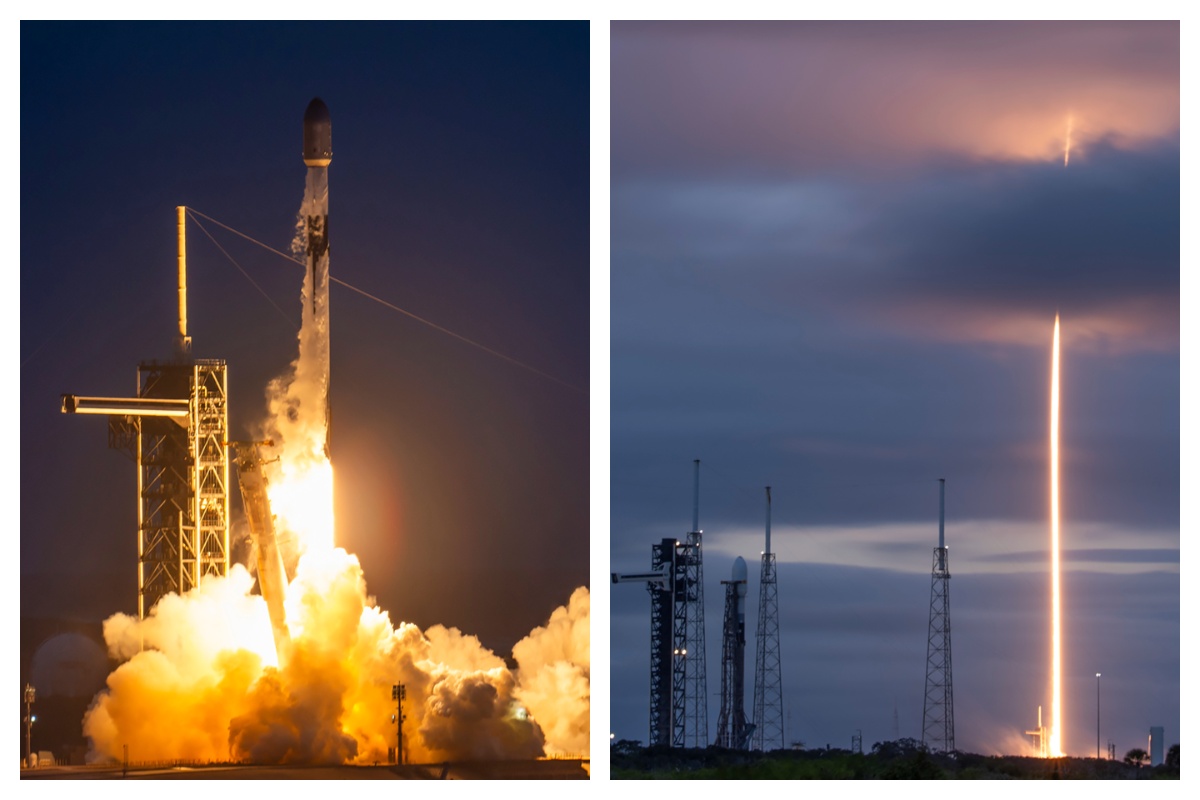
SpaceX reached an incredible milestone with its Starlink program with a launch last night, as the 3,000th satellite of the year was launched into low Earth orbit.
On Monday, SpaceX also achieved its 32nd flight with a single Falcon 9 rocket from NASA’s Kennedy Space Center.
The mission was Starlink 6-92, and it utilized the Falcon 9 B1067 for the 32nd time this year, the most-used Falcon booster. The flight delivered SpaceX’s 3000th Starlink satellite of the year, a massive achievement.
There were 29 Starlink satellites launched and deployed into LEO during this particular mission:
Falcon 9 launches 29 @Starlink satellites from Florida pic.twitter.com/utKrXjHzPN
— SpaceX (@SpaceX) December 9, 2025
SpaceX has a current goal of certifying its Falcon boosters for 40 missions apiece, according to Spaceflight Now.
The flight was the 350th orbital launch from the nearby SLC-40, and the 3,000 satellites that have been successfully launched this year continue to contribute to the company’s goal of having 12,000 satellites contributing to global internet coverage.
There are over five million users of Starlink, the latest data shows.
Following the launch and stage separation, the Falcon 9 booster completed its mission with a perfect landing on the ‘Just Read the Instructions’ droneship.
The mission was the 575th overall Falcon 9 launch, highlighting SpaceX’s operational tempo, which continues to be accelerated. The company averages two missions per week, and underscores CEO Elon Musk’s vision of a multi-planetary future, where reliable connectivity is crucial for remote work, education, and emergency response.
As Starlink expands and works toward that elusive and crucial 12,000 satellite goal, missions like 6-92 pave the way for innovations in telecommunications and enable more internet access to people across the globe.
With regulatory approvals in over 100 countries and millions of current subscribers, SpaceX continues to democratize space, proving that reusability is not just feasible, but it’s also revolutionary.
News
Tesla expands new Full Self-Driving program in Europe
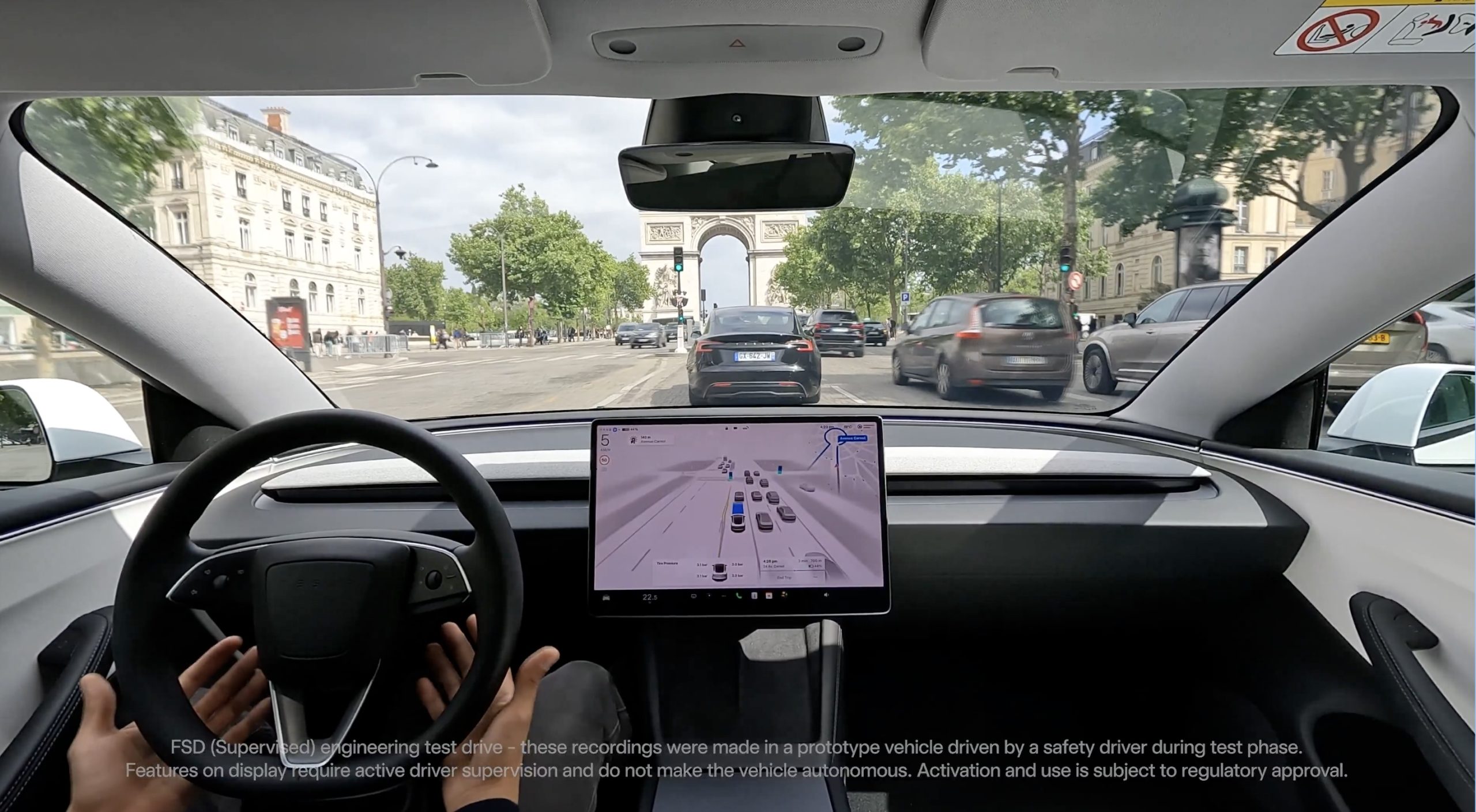
Tesla expanded its new Full Self-Driving program, which gives people the opportunity to experience the company’s suite, in Europe.
Tesla recently launched an opportunity for Europeans to experience Full Self-Driving, not in their personal vehicles, but through a new ride-along program that initially launched in Italy, France, and Germany back in late November.
People could experience it by booking a reservation with a local Tesla showroom, but timeslots quickly filled up, making it difficult to keep up with demand. Tesla expanded the program and offered some additional times, but it also had its sights set on getting the program out to new markets.
It finally achieved that on December 9, as it launched rides in Denmark and Switzerland, adding the fourth and fifth countries to the program.
Tesla confirmed the arrival of the program to Denmark and Switzerland on X:
Now available in Denmark & Switzerland
🇩🇰 https://t.co/IpCSwHO566 https://t.co/V2N5EarLNX
— Tesla Europe & Middle East (@teslaeurope) December 9, 2025
The program, while a major contributor to Tesla’s butts in seats strategy, is truly another way for the company to leverage its fans in an effort to work through the regulatory hurdles it is facing in Europe.
Tesla has faced significant red tape in the region, and although it has tested the FSD suite and been able to launch this ride-along program, it is still having some tremendous issues convincing regulatory agencies to allow it to give it to customers.
CEO Elon Musk has worked with regulators, but admitted the process has been “insanely painful.”
The most recent development with FSD and its potential use in Europe dealt with the Dutch approval authority, known as the RDW.
Tesla says Europe could finally get FSD in 2026, and Dutch regulator RDW is key
Tesla said it believes some regulations are “outdated and rules-based,” which makes the suite ineligible for use in the European jurisdiction.
The RDW is working with Tesla to gain approval sometime early next year, but there are no guarantees. However, Tesla’s angle with the ride-along program seems to be that if it can push consumers to experience it and have a positive time, it should be easier for it to gain its footing across Europe with regulatory agencies.
News
Tesla ramps hiring for Roadster as latest unveiling approaches
Tesla published three new positions for the Roadster this week, relating to Battery Manufacturing, General Manufacturing, and Vision Engineering.
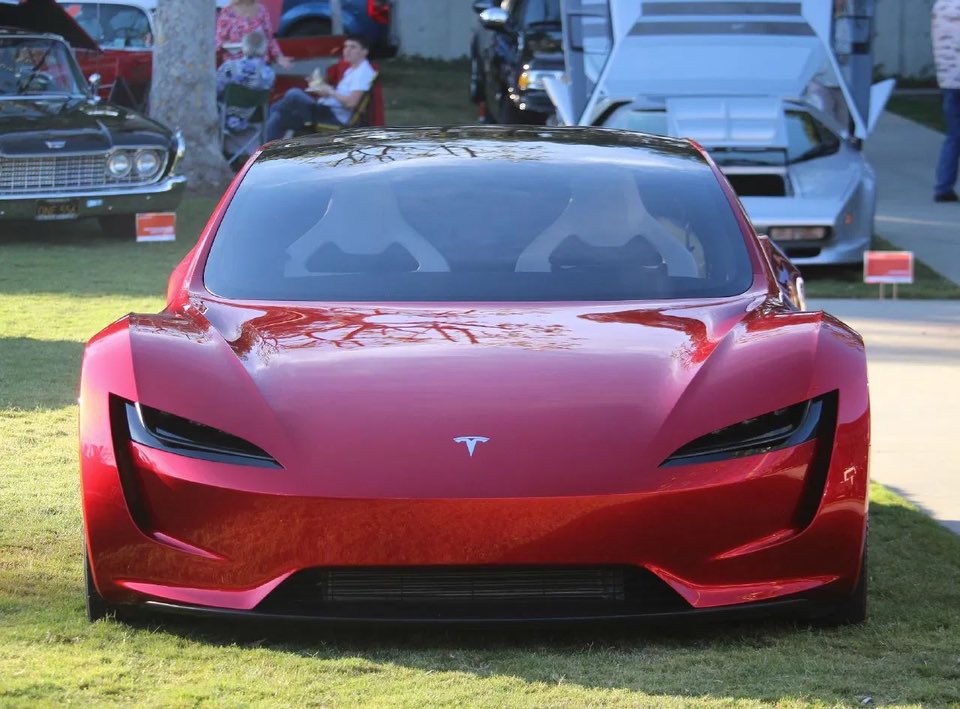
Tesla is ramping up hiring for positions related to the Roadster program, the company’s ultra-fast supercar that has been teased to potentially hover by CEO Elon Musk.
The company seems to be crossing off its last handful of things before it plans to unveil the vehicle on April Fool’s Day, just about four months away.
Tesla published three new positions for the Roadster this week, relating to Battery Manufacturing, General Manufacturing, and Vision Engineering. All three are located in Northern California, with two being at the Fremont Factory and the other at the company’s Engineering HQ in Palo Alto.
Technical Program Manager, Battery Manufacturing
Located in Fremont, this role specifically caters to the design of the Roadster to factory operations. It appears this role will mostly have to do with developing and engineering the Roadster’s battery pack and establishing the production processes for it:
“You will foster collaboration across design engineering, manufacturing, quality, facilities, and production to align with company priorities. Additionally, you will understand project opportunities, challenges, and dependencies; translate scattered information into concise, complete messages; and communicate them to every team member. As the business process development lead, you will develop, maintain, and implement tools and processes to accelerate battery manufacturing execution, achieve cross-functional alignment, and deliver highly efficient systems.”
Manufacturing Engineer, Roadster
Also located in Fremont, this role also has to deal with the concept development and launch of battery manufacturing equipment. Tesla says:
“In this role, you will take large-scale manufacturing systems for new battery products and architectures from the early concept development stage through equipment launch, optimization, and handover to local operations teams.”
Manufacturing Vision Engineer, Battery Vision
This position is in Palo Alto at Tesla’s Engineering Headquarters, and requires the design and scale of advanced inspection and control systems to next-generation battery products:
“You’ll work on automation processes that directly improve battery performance, quality, and cost, collaborating with world-class engineers in a fast-paced, hands-on environment.”
Developing and deploying 2D and 3D vision and measurement systems from proof-of-concept to deployment on high-volume battery manufacturing lines is part of the job description.
Roadster Unveiling
Tesla plans to unveil the Roadster on April 1, and although it was planned for late this year, it is nice to see the company put out a definitive date.
Musk said on the Joe Rogan Experience Podcast in late October:
“Whether it’s good or bad, it will be unforgettable. My friend Peter Thiel once reflected that the future was supposed to have flying cars, but we don’t have flying cars. I think if Peter wants a flying car, he should be able to buy one…I think it has a shot at being the most memorable product unveil ever.”
Production should begin between 12 to 18 months after unveiling, so we could see it sometime in 2027.
